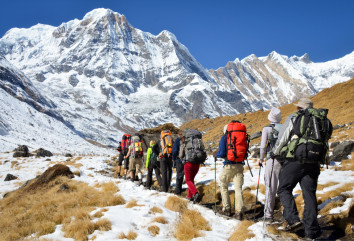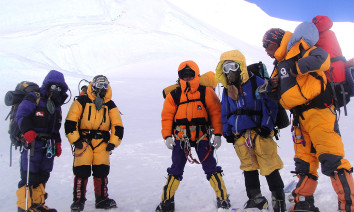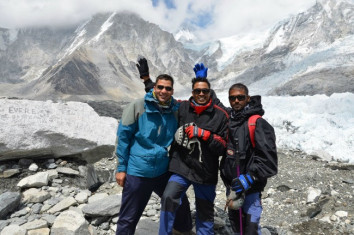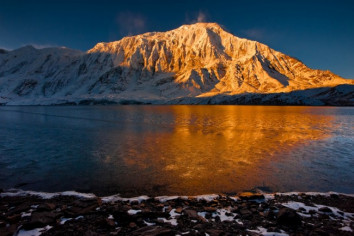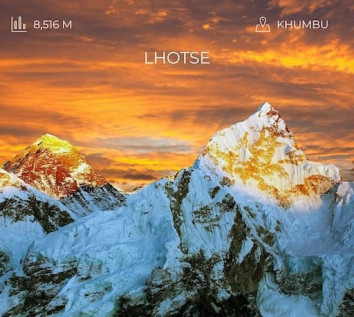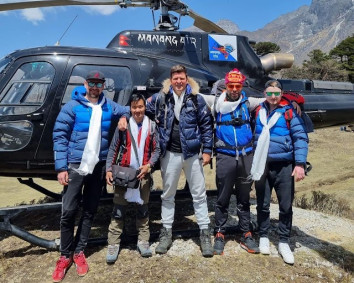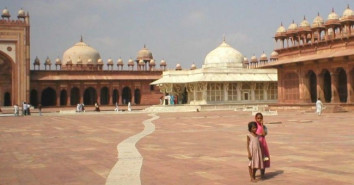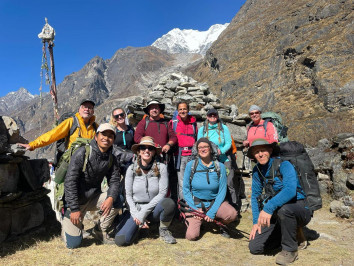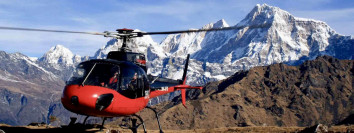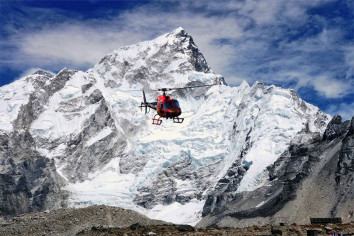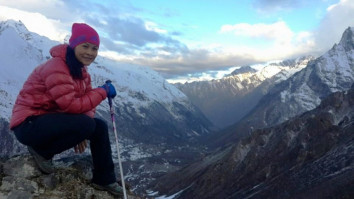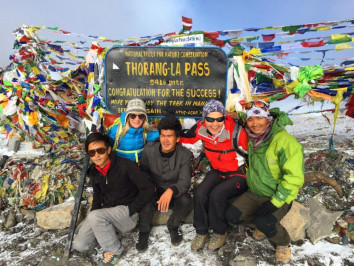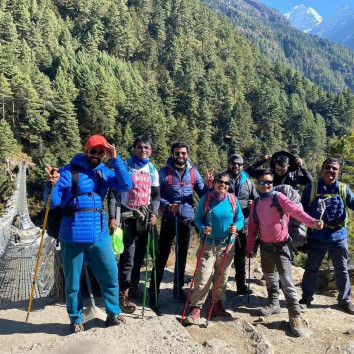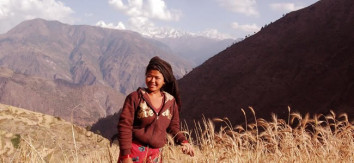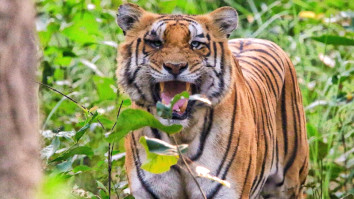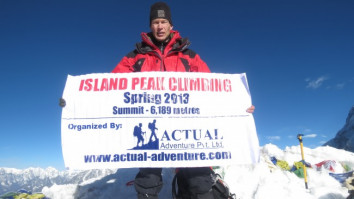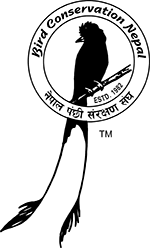2nd Feb, 2024
The 7000m Peaks Nepal and other Relevant Information
Embark on an unforgettable mountaineering expedition amidst the breathtaking Himalayas with Actual Adventure. Discover the allure of Nepal, a small yet diverse nation boasting stunning landscapes ranging from snow-capped peaks to lush Terai forests.
Table of Contents
The Himalayan mountain range, the world's highest, spans across Nepal, India, Bhutan, Pakistan, China, and Afghanistan. Among its renowned peaks is the majestic Mt. Everest (8848m), part of a collection of 414 climbable peaks in Nepal, including 72 ranging from 7000m to 8000m. These 7000m peaks offer thrilling opportunities for expeditions, catering to adventurers of all skill levels.
Ascending these peaks introduces climbers to varying levels of difficulty, from easy to challenging, making it an ideal pursuit for both beginners and experts. The climb involves traversing steep terrains, utilizing technical gear such as fixed ropes and ice axes, and employing a siege approach with multiple camps set up at different elevations.
A 7000m expedition serves as a stepping stone to an 8000m adventure, conducted in close adherence to guidelines from the Nepal Mountaineering Association (NMA) and the Nepalese government. These expeditions adhere strictly to regulations set by authoritative bodies, ensuring a safe and responsible climb.
While less demanding than 8000m expeditions, some sections of the Nepal 7000m peaks present challenges requiring technical expertise, including the use of fixed ropes and ice axes for snow and ice climbs. Classification based on difficulty levels—easy, moderate, and challenging—helps climbers choose their ideal ascent.
The International French Adjectival System (IFAS) further refines classifications based on factors like route length, exposure, and commitment level. Evaluating overall difficulty, it considers altitude, approach and descent difficulty, pitch length, exposure, rock quality, and more.
Preparing for a 7000m climb involves addressing technical challenges through online resources and information. Acclimatization to high-altitude conditions is crucial, with attention to the body's reactions at various altitudes, including 5500m, 6000m, 6500m, and 7000m. Starting a year before the expedition, a training regimen featuring aerobic exercises, sports participation, and technical skill training is essential for building stamina and maintaining fitness levels.
Well-qualified and trained mountaineering guides play a vital role in ensuring a safe climb. Popular 7000m peaks in Nepal include Baruntse (7129m), Putha Chuli (7246m), Tilicho Peak (7135m), Nuptse (7861m), Gangapurna (7455m), Mt. Annapurna South (7219m), Himlung (7126m), Api Himal (7132m), Pumori (7161m), and more.
Choose your adventure and begin your mountaineering expedition with Actual Adventure. Contact us for further details and secure your spot on this extraordinary journey. Book your trip now!"
Discover the thrill of mountaineering in Nepal with Actual Adventure, where 414 peaks await eager climbers. Among these peaks, 72 stand tall at 7000m (22,965ft), offering some of the most challenging and captivating climbing experiences in the Himalayan kingdom. Whether you're a novice or an expert, the 7000m peaks of Nepal cater to a range of difficulty levels from easy to challenging.
As you ascend into the upper 6000m and 7000m peaks, a clear distinction emerges between mountaineering peaks and technical alpine objectives. Mountaineering involves trekking on lower to moderately steep terrain, while technical alpine climbs require navigating very steep terrain with the use of rope systems. Climbers typically adopt the siege approach for mountaineering, establishing multiple camps for higher elevation objectives. In contrast, technical alpine ascents often follow an alpine style, with minimal or no camps set up.
Embarking on a 7000m expedition is not just a thrilling adventure but also a necessary prerequisite for an 8000m climb.
How to Prepare for a 7000m Himalayan Climb:
Step 1: Identify the specific technical challenges you'll face during your climb. Extensive online resources provide valuable information to enhance your preparation.
Step 2: Understand your body's response to altitude. Acquire intimate knowledge of your body's reactions at key altitudes like 5500m, 6000m, 6500m, and 7000m. Effective acclimatization is crucial for high-altitude climbing.
Step 3: Build a robust aerobic base through consistent physical activity over at least a year. Activities such as running, swimming, cycling, cross-country skiing, soccer, marathons, and triathlons contribute to overall fitness.
Step 4: Apply Periodization Training Models with at least two years of physical fitness activity. This model ensures proper progression, load, and frequency in your training regimen, refining your fitness like sharpening a pencil.
Step 5: Acquire competence in various mountain skill sets, including climbing self-rescue, crevasse rescue, advanced mountaineering skills (using ice ax, front pointing in crampons, crossing glaciers), and wilderness medical training.
Our client acceptance policies for 7000m peaks require prior experience on 6000m peaks, excellent physical fitness, no high blood pressure or diabetes, completion of two 6000m peaks, participation in several high pass treks, and formal rock & ice climbing training. Join Actual Adventure for an exhilarating and well-prepared Himalayan climb. Contact us to start your journey now!"
Discover the Legalities and Procedures for Conquering 7000m Peaks with Actual Adventure
Embark on a thrilling journey with Actual Adventure, your premier trekking and expedition company, as we navigate the legalities and bureaucracy surrounding 7000m peaks. Understanding the intricacies of permits is crucial for a seamless experience, and we've got you covered.
The cost of your permit is season-dependent, with spring at full price, fall offering a 50% discount, and winter/summer boasting a generous 75% discount. Notably, Ama Dablam stands as a unique case, maintaining the same permit cost in spring/fall but with a 50% discount in winter/summer.
When it comes to 7000m peaks, the permit cost varies based on the exact height of the peak. Peaks ranging from 7000m to 7500m fall into one price bracket, while those from 7501m to 7999m belong to another.
A vital consideration is the age requirement; the government of Nepal prohibits climbing permits for individuals below the age of 16. Safety is paramount, and for peaks exceeding 6501m, a liaison officer becomes mandatory. This policy, designed for safety and preservation, ensures that peaks above 6501m are not climbed without a designated liaison officer. This officer accompanies the group throughout the expedition, stays at the base camp, and ensures adherence to ethical practices, such as avoiding alternate routes, preventing littering, respecting the local culture, and preserving the natural environment.
Understanding the Classification of 7000m Peaks is key to planning your adventure. In the Nepali grading system, peaks are categorized into Easy, Moderate, and Challenging. Further refinement is achieved through the International French Adjectival System (IFAS). This system evaluates the overall difficulty of a route, considering factors like length, difficulty, exposure, commitment level, and more. The overall grade takes into account altitude, length, approach and descent difficulty, number of challenging pitches, their sustained nature, exposure, and the quality of rock, snow, and ice.
Embark on your expedition with Actual Adventure, where legality, safety, and an unparalleled adventure converge for an unforgettable journey to conquer 7000m peaks.
Overview of 7000m Peaks – A Graded Expedition
Embark on a thrilling journey to conquer the magnificent 7000m peaks, each offering a unique challenge and breathtaking vistas. These peaks are classified into three categories – Easy, Moderate, and Challenging, providing options for trekkers with varying levels of expertise
Examples of Easy 7000m Peaks:
Himlung Himal Peak (7126m/23,379ft):
A gateway to high-altitude adventures, Himlung Himal Peak offers a relatively straightforward ascent, making it an ideal choice for those seeking an introduction to 7000m peaks.
Putha Himchui Peak (7246m/23,772ft):
Majestic and approachable, Putha Himchui Peak provides a moderate challenge, making it an excellent option for climbers looking to step up their game.
Lhakpa Ri Peak (7045m/23,000ft):
Nestled in the Himalayas, Lhakpa Ri Peak combines stunning views with a manageable ascent, making it a perfect choice for those ready to venture into higher altitudes.
Everest Camp II North (5334m/17,500ft):
Serving as a base for Everest expeditions, Camp II North provides a taste of the high-altitude experience with a relatively easier climb.
Examples of Moderate 7000m Peaks:
Churen Himal Peak (7385m/24,229ft):
A step up in difficulty, Churen Himal Peak offers a moderate challenge, attracting climbers seeking a more demanding yet rewarding experience.
Baruntse Peak (7129m/23,389ft):
With its impressive stature, Baruntse Peak demands a higher level of skill, making it an ideal choice for those looking to elevate their mountaineering prowess.
Tilicho Peak (7134m/23,405ft):
Surrounded by stunning landscapes, Tilicho Peak provides a moderate yet challenging ascent, enticing adventurers with its unique blend of difficulty and beauty.
Tukuche Peak (6920m/22,703ft):
Offering a moderate climb with rewarding panoramic views, Tukuche Peak is a captivating choice for those seeking a balanced challenge.
Examples of Challenging 7000m Peaks:
Ama Dablam Peak (6812m/22,349ft):
 Ama Dablam stands as a challenging pinnacle, demanding technical skill and experience, attracting seasoned climbers looking for an iconic ascent. Ama Dablam Peak, standing proudly at 6812m (22,349ft), is an iconic and majestic mountain in the Himalayas. Known for its distinctive pyramid-shaped peak, Ama Dablam is a challenging and sought-after climb for mountaineers. The name "Ama Dablam" translates to "Mother's Necklace," symbolizing the mountain's ridges resembling a mother's arms, and the hanging glacier as the traditional double-pendant containing pictures of gods. Its breathtaking beauty and technical climbing challenges make Ama Dablam a remarkable and unforgettable adventure in the Himalayan region.
Ama Dablam stands as a challenging pinnacle, demanding technical skill and experience, attracting seasoned climbers looking for an iconic ascent. Ama Dablam Peak, standing proudly at 6812m (22,349ft), is an iconic and majestic mountain in the Himalayas. Known for its distinctive pyramid-shaped peak, Ama Dablam is a challenging and sought-after climb for mountaineers. The name "Ama Dablam" translates to "Mother's Necklace," symbolizing the mountain's ridges resembling a mother's arms, and the hanging glacier as the traditional double-pendant containing pictures of gods. Its breathtaking beauty and technical climbing challenges make Ama Dablam a remarkable and unforgettable adventure in the Himalayan region.
Gangapurna Peak (7455m/24,458ft):
Dominating the skyline, Gangapurna Peak poses a formidable challenge, drawing climbers seeking a demanding and awe-inspiring adventure.
Pumori Peak (7161m/23,494ft):
With its challenging ascent and stunning surroundings, Pumori Peak is a beacon for climbers ready to test their limits on the way to higher altitudes.
Ganesh I Peak (7429m/24,373ft):
An imposing summit, Ganesh I Peak demands a high level of skill and determination, offering a challenging expedition for those seeking the pinnacle of 7000m peaks.
Embark on your chosen expedition, guided by Actual Adventure, and conquer the heights with a sense of achievement and awe-inspiring views that only these majestic 7000m peaks can offer.
7000m-8848m Peaks
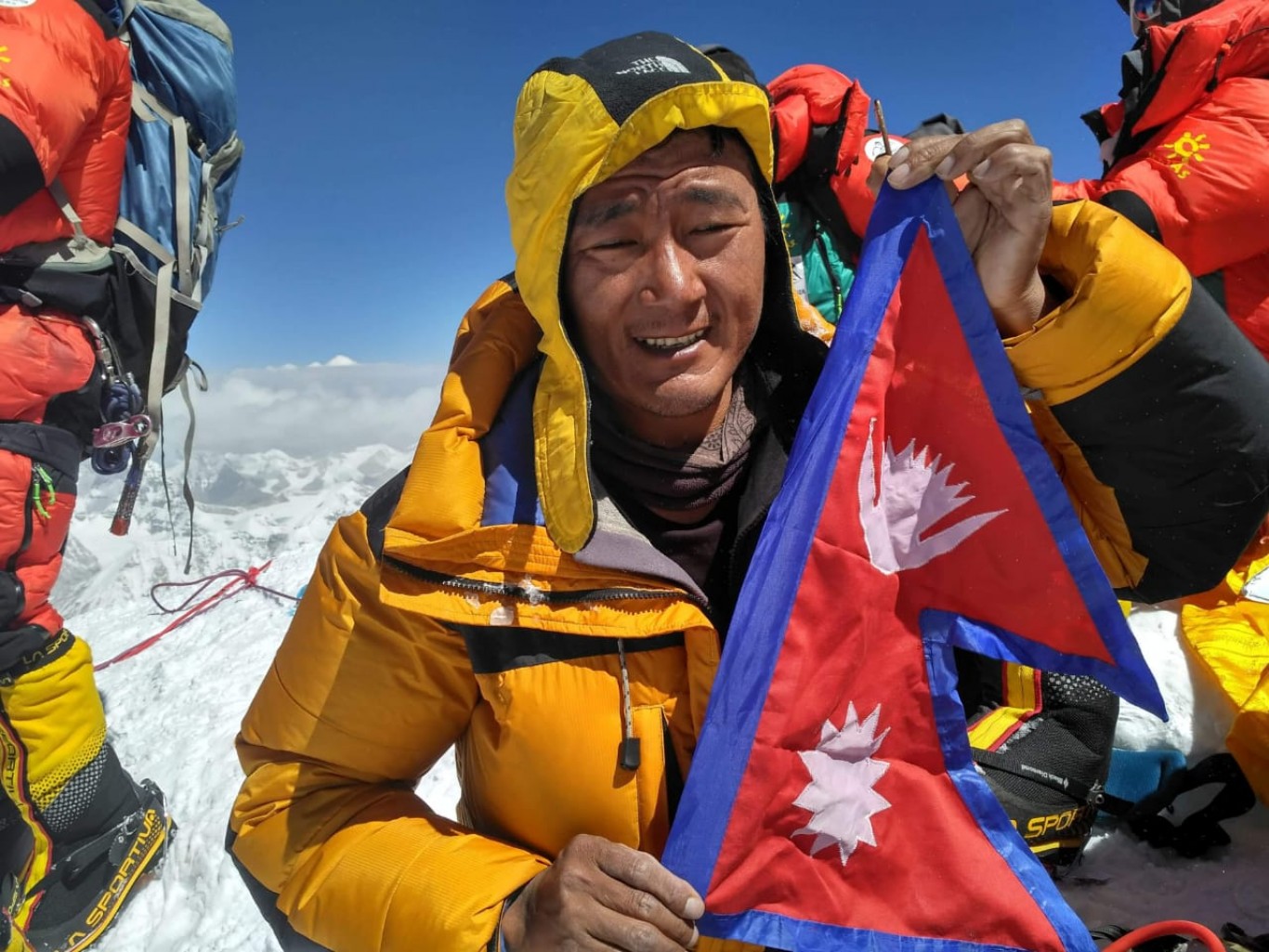 The height range you mentioned, from 7000 meters to 8848 meters, corresponds to the altitudes of various mountain peaks around the world. The most well-known peak in this range is Mount Everest, which stands at 8,848 meters (29,029 feet) above sea level and is the highest point on Earth.
The height range you mentioned, from 7000 meters to 8848 meters, corresponds to the altitudes of various mountain peaks around the world. The most well-known peak in this range is Mount Everest, which stands at 8,848 meters (29,029 feet) above sea level and is the highest point on Earth.
Here are some other notable peaks within the 7000m-8848m range:
K2 (Mount Godwin-Austen):
Located on the China-Pakistan border, K2 is the second-highest mountain in the world at 8,611 meters (28,251 feet).
Kangchenjunga:
The third-highest mountain globally, situated on the India-Nepal border, with an elevation of 8,586 meters (28,169 feet).
Lhotse:
The fourth-highest peak and part of the Everest massif, standing at 8,516 meters (27,940 feet).
Makalu:
The fifth-highest mountain, located in the Himalayas on the Nepal-China border, with an elevation of 8,485 meters (27,838 feet).
Cho Oyu:
The sixth-highest mountain globally, situated on the China-Nepal border, with an altitude of 8,188 meters (26,864 feet).
Dhaulagiri:
The seventh-highest peak, located in Nepal, standing at 8,167 meters (26,795 feet).
Manaslu:
The eighth-highest mountain, also in Nepal, with an elevation of 8,163 meters (26,781 feet).
Nanga Parbat:
The ninth-highest mountain, situated in Pakistan, with a height of 8,126 meters (26,660 feet).
These peaks are all part of the Himalayan and Karakoram mountain ranges and are some of the most challenging and sought-after summits for mountaineers around the world.
How many 7000M peaks are there in Nepal?
Nepal has several 7000-meter peaks, but the exact number may vary depending on the definition of "peak" and other factors. Some notable 7000-meter peaks in Nepal include Dhaulagiri (8,167 meters), Manaslu (8,163 meters), Annapurna (8,091 meters), and others.
Recent Posts
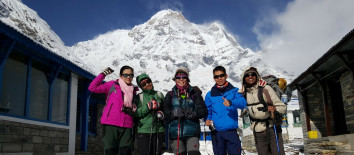
23rd Jan, 2017
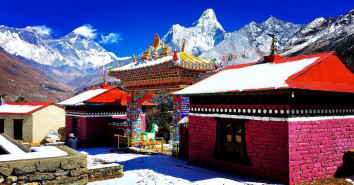
12th Jan, 2014
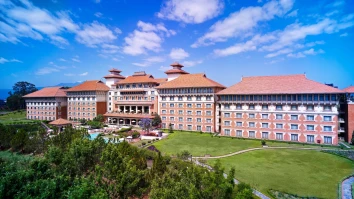
24th Apr, 2017
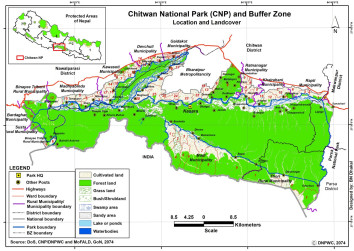
3rd Apr, 2014

3rd Jun, 2017
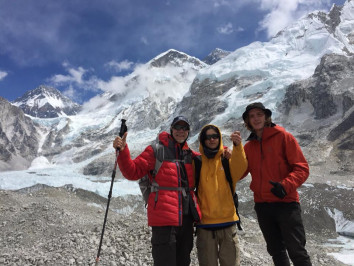
20th Jan, 2017
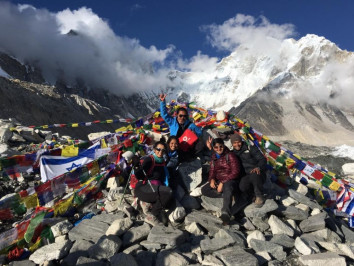
16th Jan, 2017
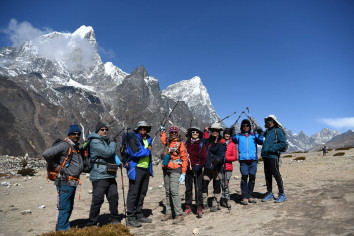
12th Jul, 2015

9th Apr, 2019
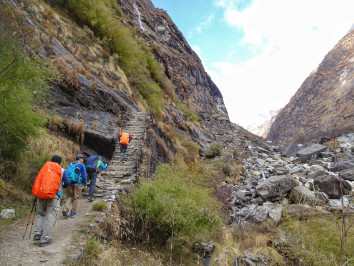
9th Jan, 2014
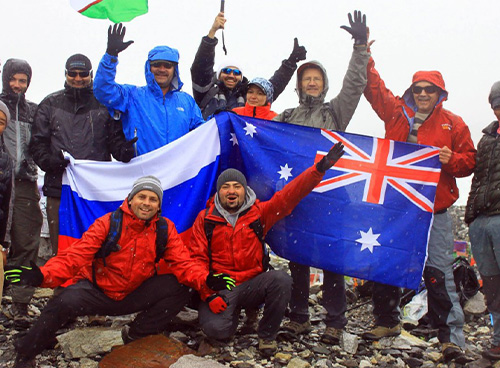
4th Apr, 2019

2nd Jan, 2014

2nd Apr, 2019

2nd Jan, 2014
-1.jpg)
30th Jan, 2017
-1.jpg)
4th Oct, 2018

16th Oct, 2018
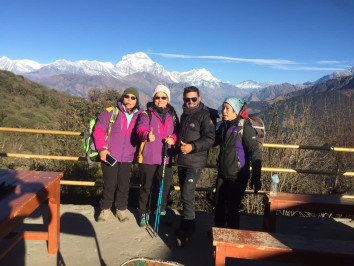
9th Oct, 2018
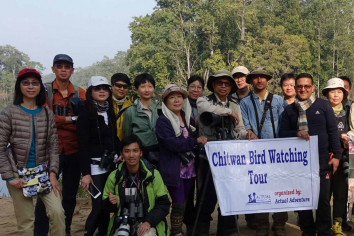
24th Jan, 2016
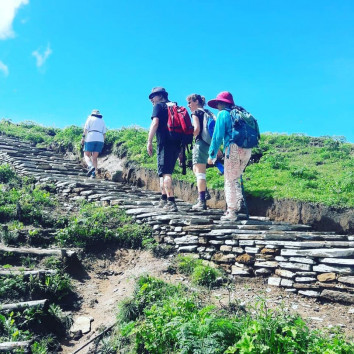
4th Oct, 2018
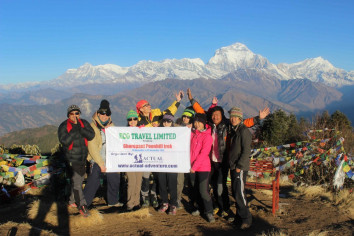
24th Aug, 2022

8th Sep, 2022

15th Sep, 2022
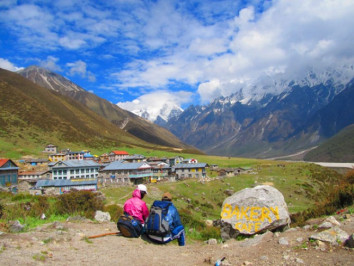
3rd Mar, 2023
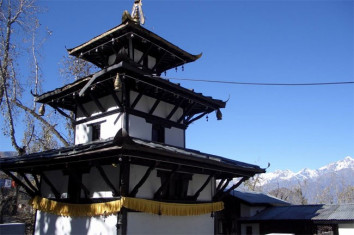
7th Mar, 2023
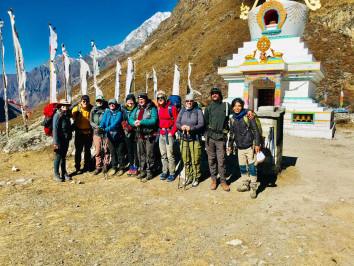
27th Mar, 2023

5th Apr, 2023

12th Apr, 2023
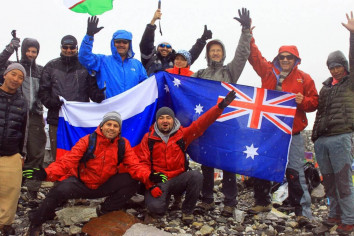
21st Apr, 2023
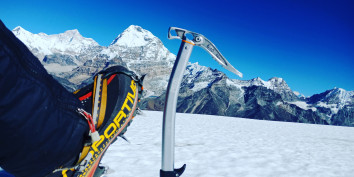
24th Apr, 2023
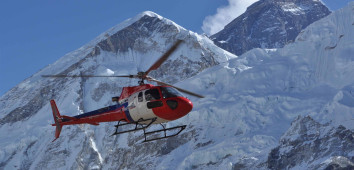
27th Apr, 2023
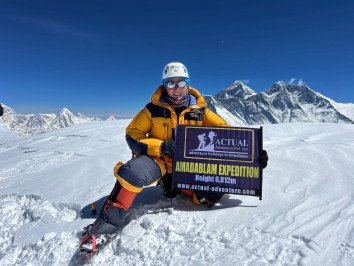
1st May, 2023
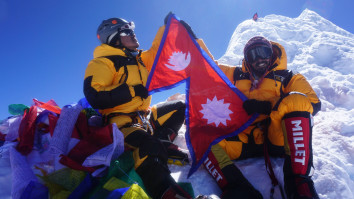
1st May, 2023
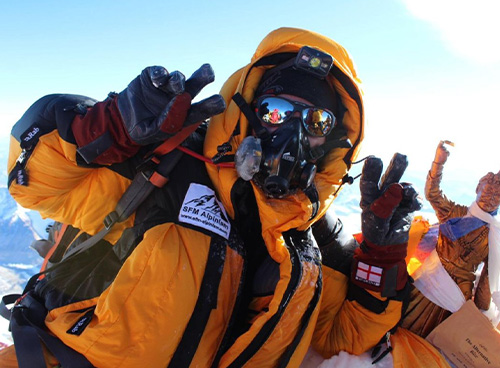
3rd May, 2023
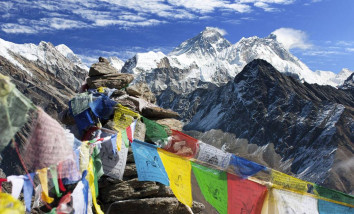
18th May, 2023

19th May, 2023
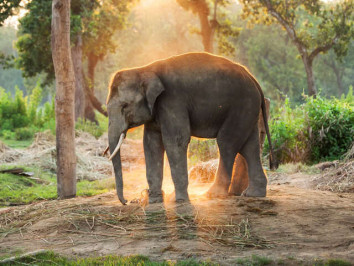
16th Jul, 2023

16th Jul, 2023
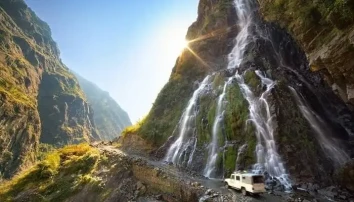
16th Jul, 2023
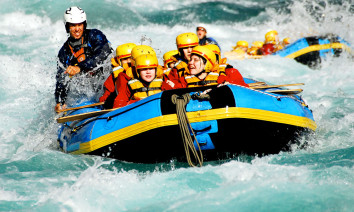
16th Jul, 2023
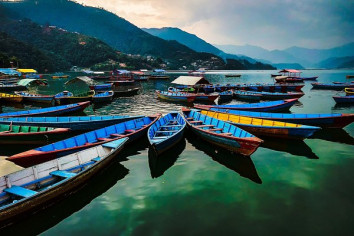
17th Jul, 2023

17th Jul, 2023

17th Jul, 2023

17th Jul, 2023

17th Jul, 2023
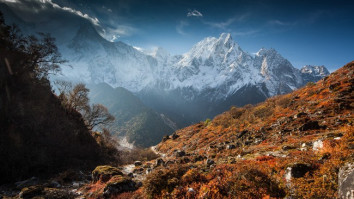
17th Jul, 2023

17th Jul, 2023

20th Jul, 2023
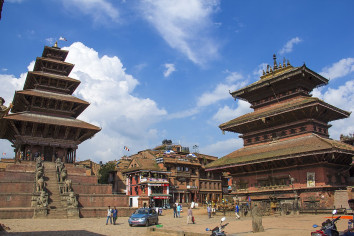
21st Jul, 2023

27th Jul, 2023
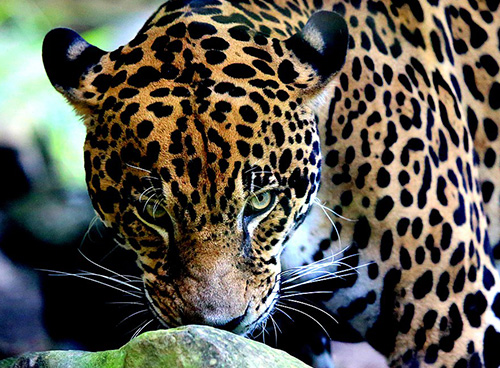
30th Jul, 2023
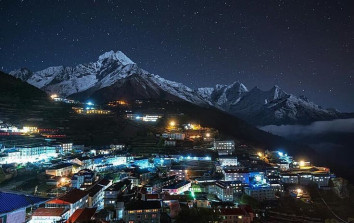
30th Jul, 2023
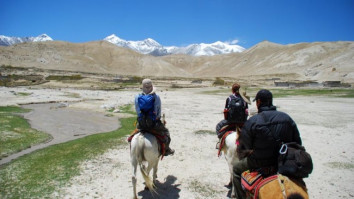
21st Aug, 2023

22nd Aug, 2023
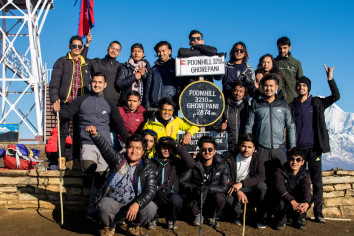
28th Aug, 2023
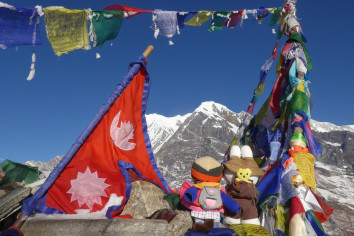
6th Oct, 2023

5th Nov, 2023

7th Nov, 2023

19th Nov, 2023
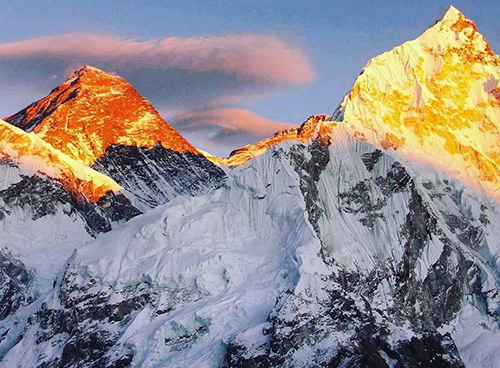
25th Nov, 2023

1st Dec, 2023
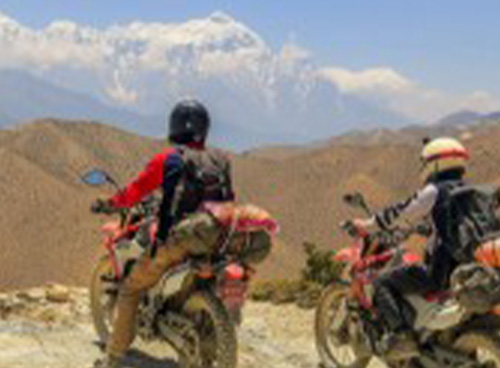
3rd Dec, 2023

13th Dec, 2023
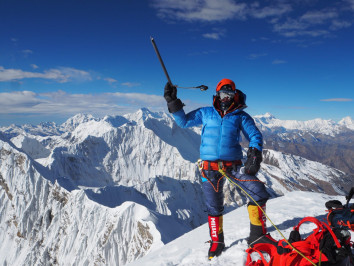
13th Dec, 2023

13th Dec, 2023

21st Dec, 2023
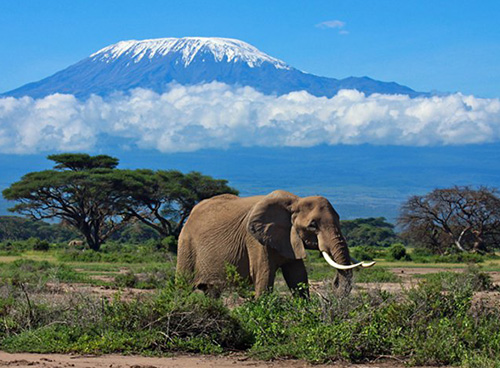
21st Dec, 2023
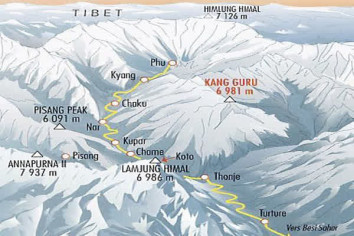
23rd Dec, 2023
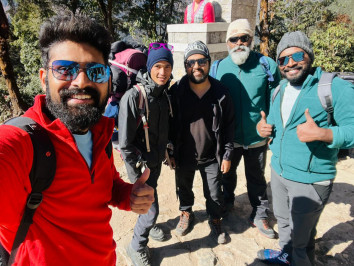
25th Dec, 2023

25th Dec, 2023

31st Dec, 2023
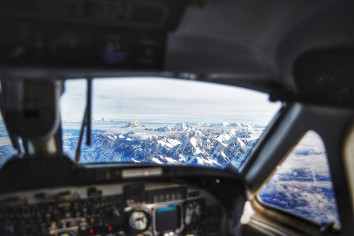
31st Dec, 2023
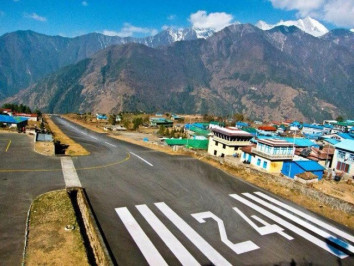
31st Dec, 2023
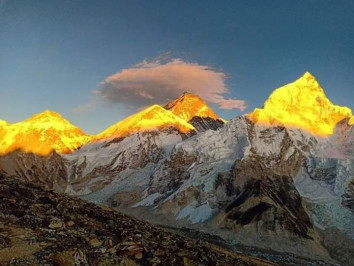
1st Jan, 2024
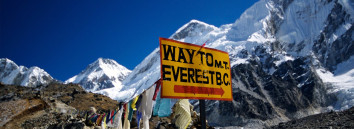
2nd Jan, 2024

2nd Jan, 2024
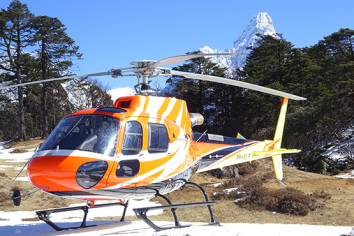
2nd Jan, 2024
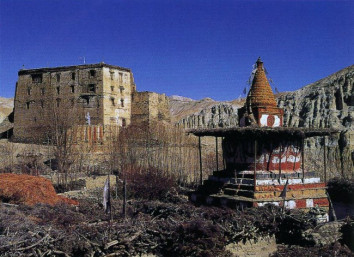
3rd Jan, 2024
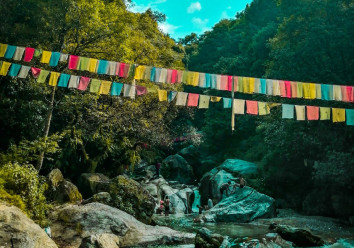
4th Jan, 2024

4th Jan, 2024
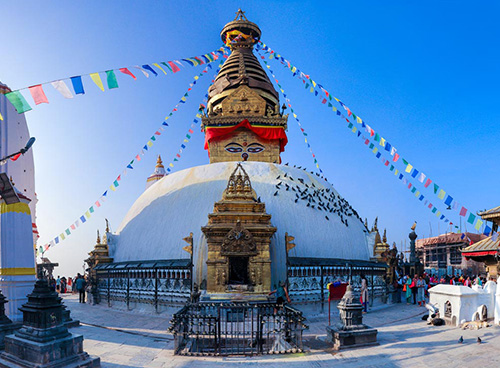
4th Jan, 2024
.jpg)
4th Jan, 2024

4th Jan, 2024

4th Jan, 2024

5th Jan, 2024
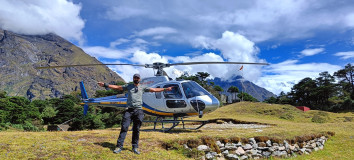
6th Jan, 2024
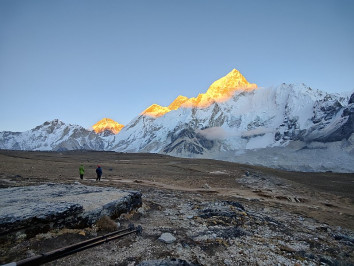
6th Jan, 2024
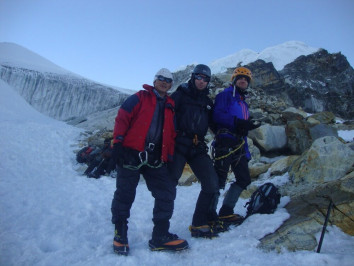
9th Jan, 2024
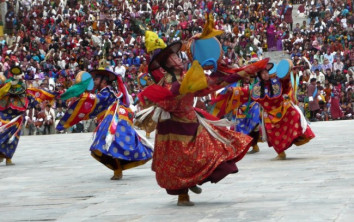
10th Jan, 2024

10th Jan, 2024

10th Jan, 2024
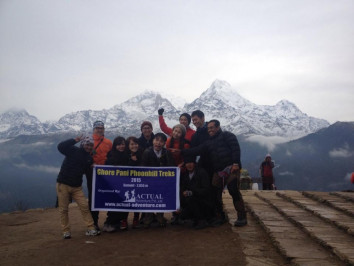
10th Jan, 2024

11th Jan, 2024
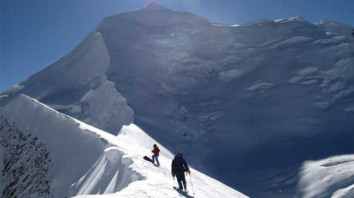
11th Jan, 2024

12th Jan, 2024

12th Jan, 2024
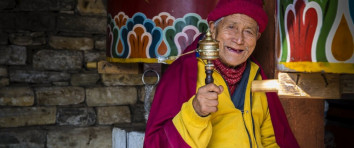
13th Jan, 2024
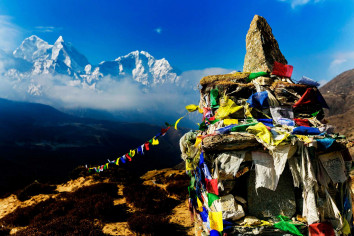
14th Jan, 2024
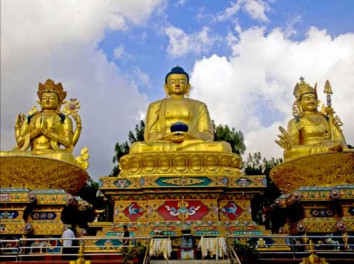
14th Jan, 2024

15th Jan, 2024
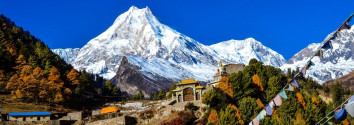
15th Jan, 2024
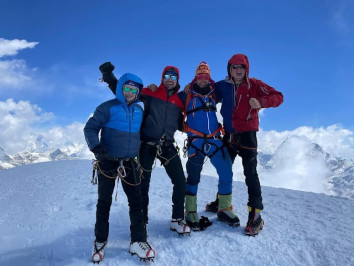
15th Jan, 2024
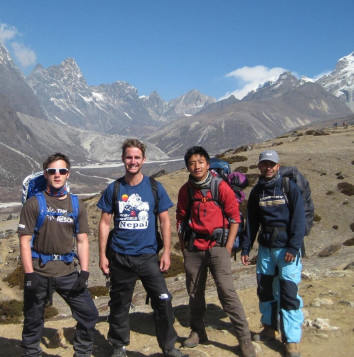
16th Jan, 2024
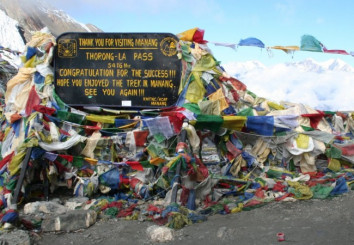
16th Jan, 2024
.jpg)
16th Jan, 2024
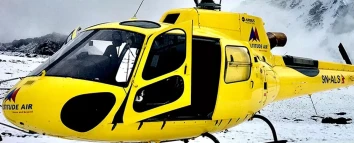
16th Jan, 2024
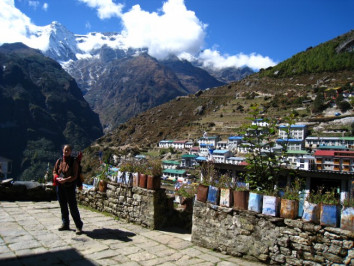
18th Jan, 2024
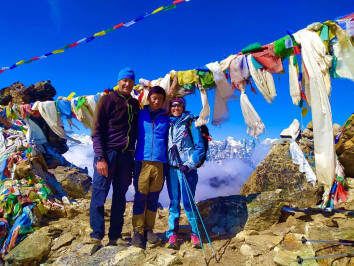
24th Jan, 2024
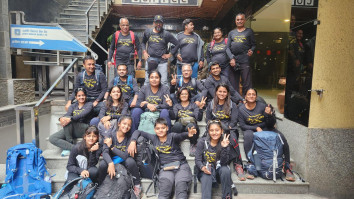
26th Jan, 2024
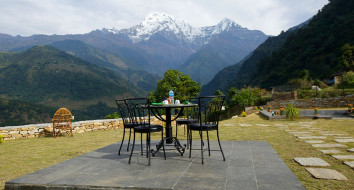
28th Jan, 2024
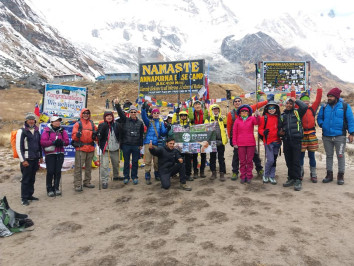
28th Jan, 2024
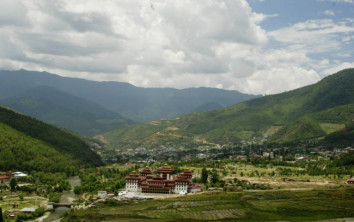
30th Jan, 2024
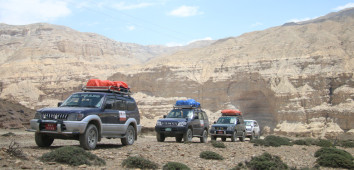
30th Jan, 2024
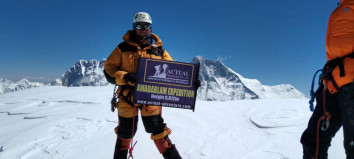
2nd Feb, 2024

2nd Feb, 2024

2nd Feb, 2024
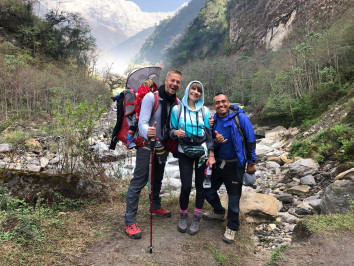
3rd Feb, 2024
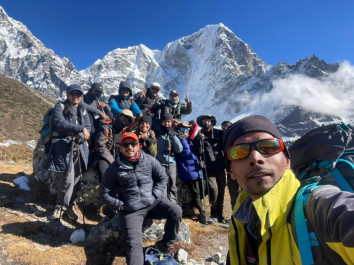
4th Feb, 2024

8th Feb, 2024
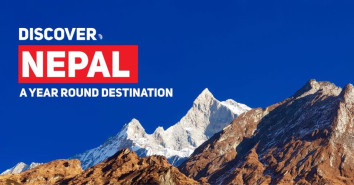
9th Feb, 2024

10th Feb, 2024
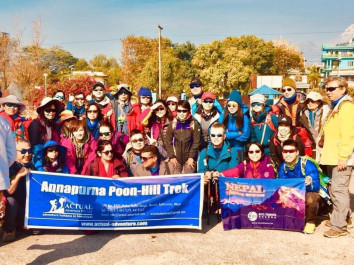
10th Feb, 2024

11th Feb, 2024

12th Feb, 2024

12th Feb, 2024
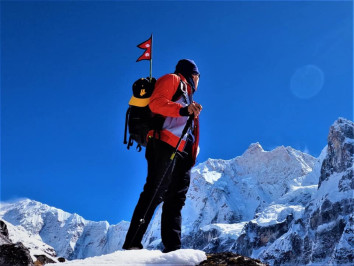
13th Feb, 2024
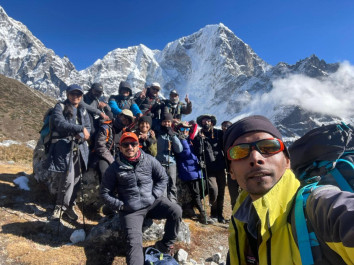
13th Feb, 2024
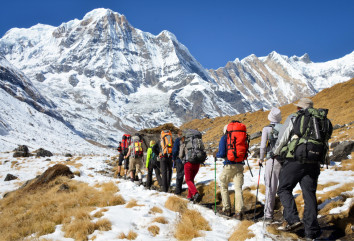
16th Feb, 2024
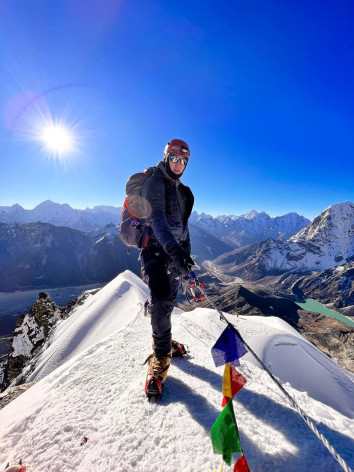
18th Feb, 2024

20th Feb, 2024
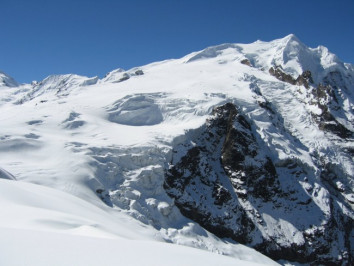
21st Feb, 2024
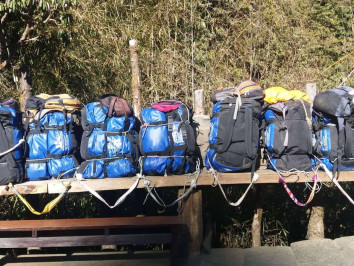
21st Feb, 2024

27th Feb, 2024
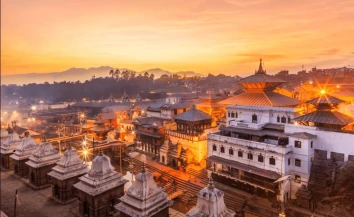
3rd Mar, 2024
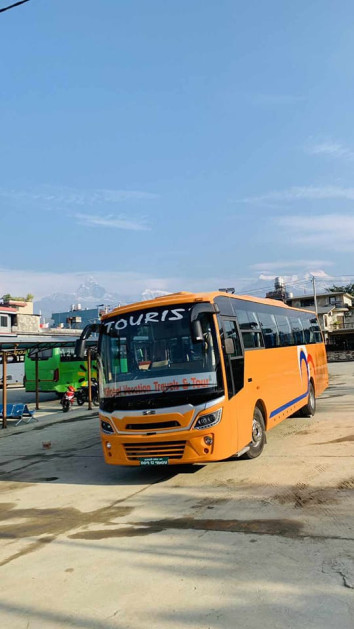
3rd Mar, 2024
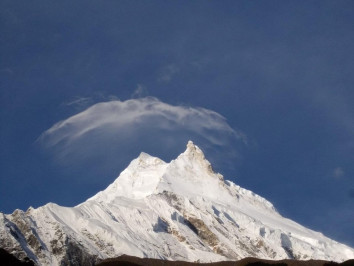
4th Mar, 2024
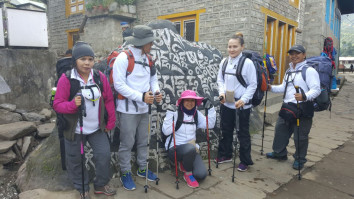
5th Mar, 2024
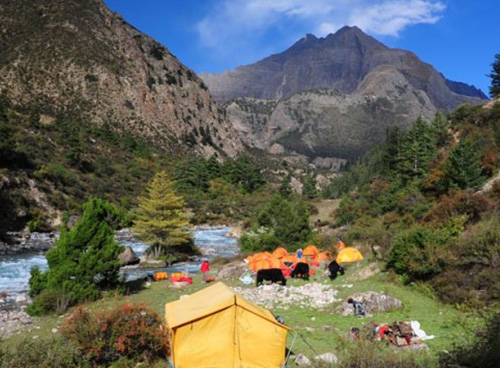
5th Mar, 2024

10th Mar, 2024

10th Mar, 2024

10th Mar, 2024
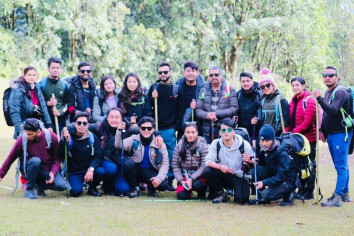
11th Mar, 2024

13th Mar, 2024

13th Mar, 2024
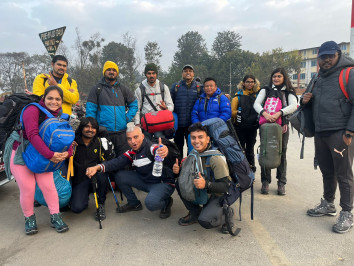
19th Mar, 2024
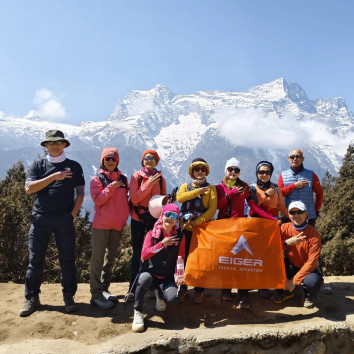
22nd Mar, 2024

26th Mar, 2024
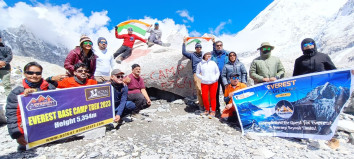
27th Mar, 2024

27th Mar, 2024
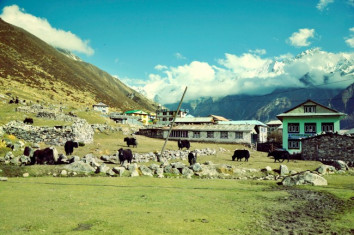
27th Mar, 2024
-1624864292-1.jpg)
28th Mar, 2024
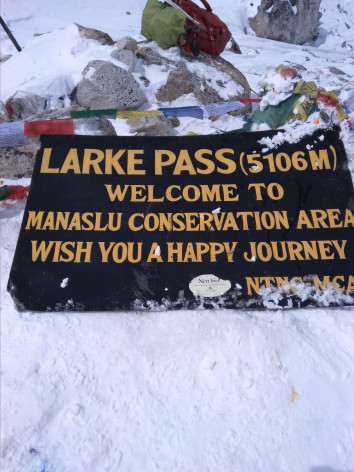
2nd Apr, 2024

2nd Apr, 2024

4th Apr, 2024
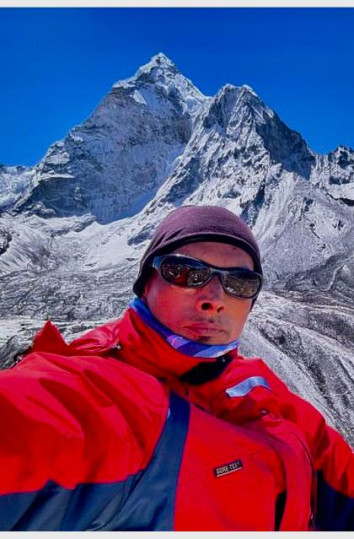
12th Apr, 2024
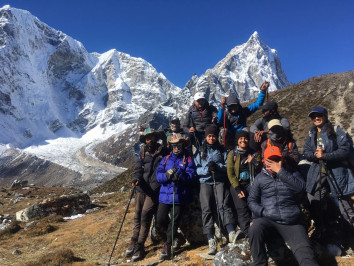


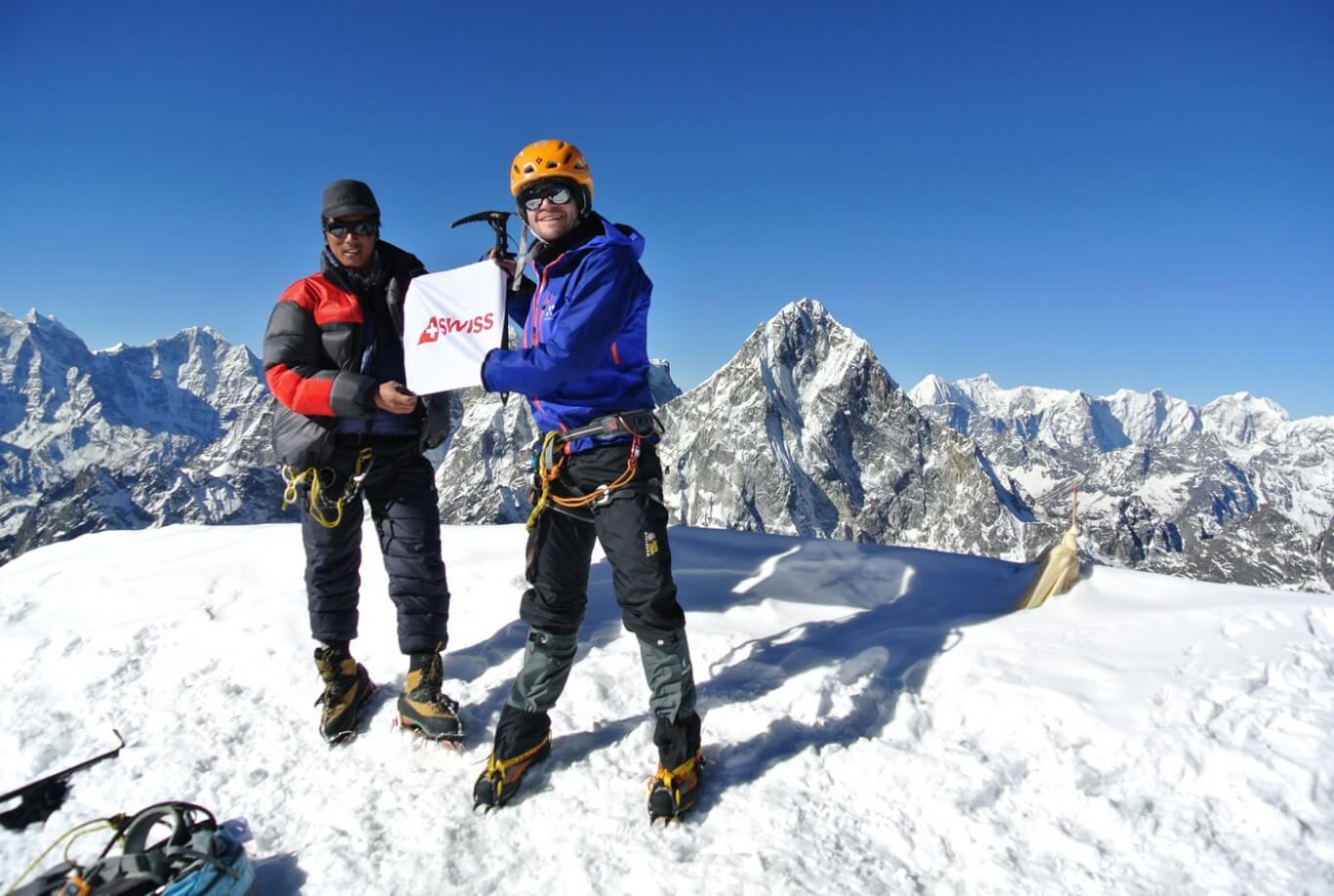

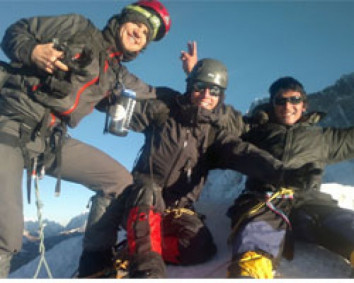
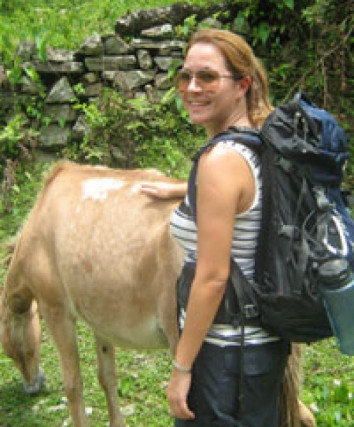
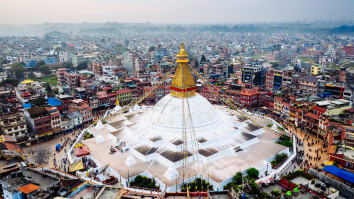


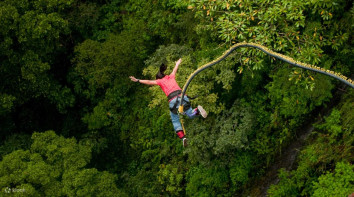
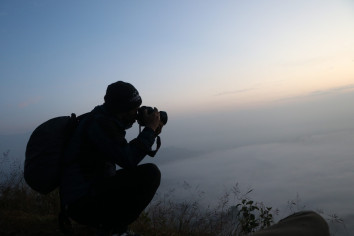
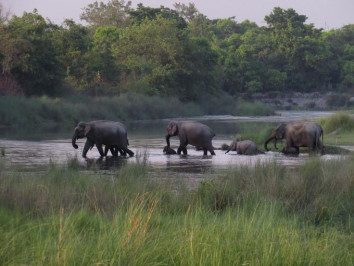
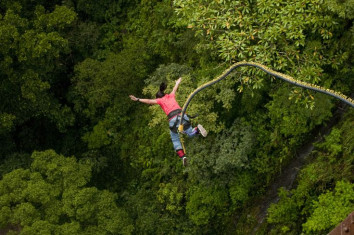
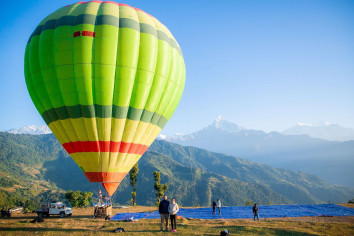


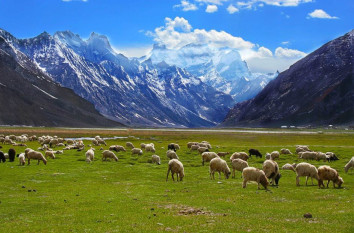



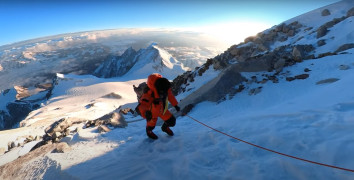
.jpg)

